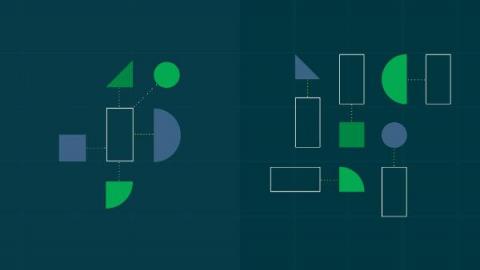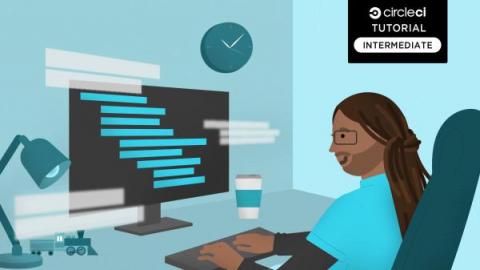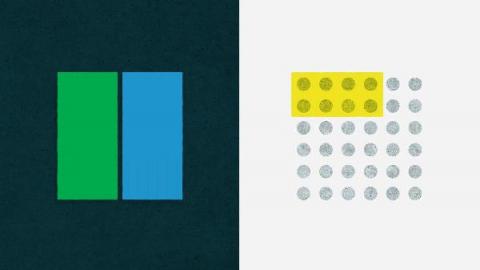Optimize Unreal Engine builds with BuildGraph and CircleCI
At Vela Games, we use CircleCI for building Project-V, our new multiplayer online co-op (MOCO) game that fuses the teamplay and skill of a multiplayer online battle arena (MOBA) game with the adventure of a massively multiplayer online (MMO) dungeon run.











